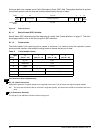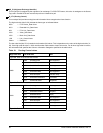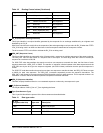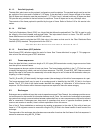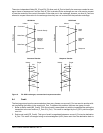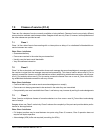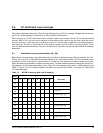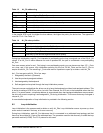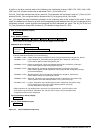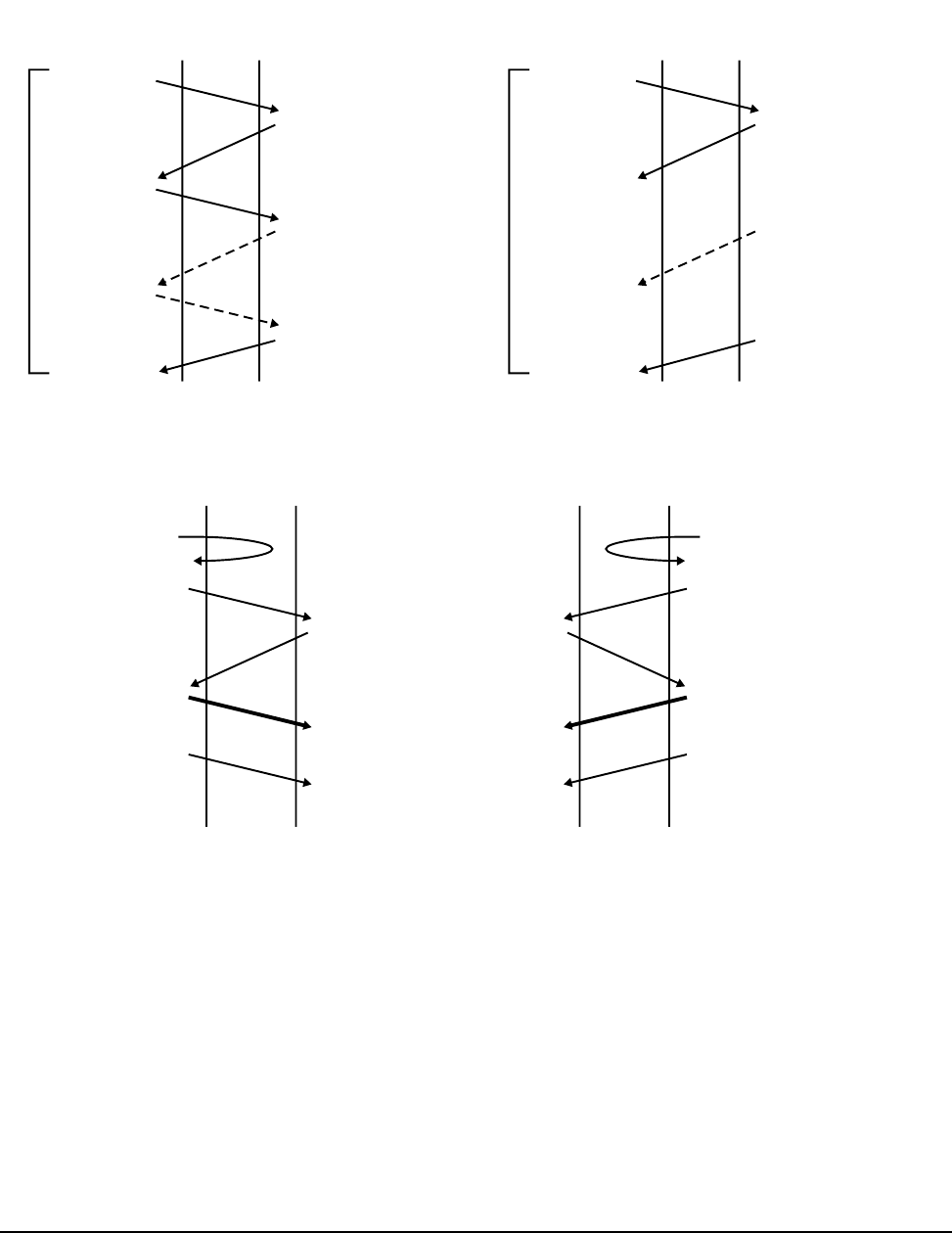
Fibre Channel Interface Manual, Rev. D 29
These two independent fields (OX_ID and RX_ID) allow each N_Port to identify the resources needed to man-
age a frame or sequence as it arrives. Each N_Port involved with the exchange can use a link service request
to view the contents of the control information in the other port in the exchange; however, no other N_Ports are
allowed to request information for the exchange since they are not involved with that particular exchange.
Figure 9. FC–SCSI exchanges, command and response transfers
6.4 Credit
The framing protocol must be concerned about how many frames one source N_Port can send to another with-
out overflowing the buffers in the receiving N_Port. To address this problem, there are two types of credit:
1. Buffer-to-buffer credit (BB_Credit). This type of credit is associated only with the immediate fiber exiting the
transmitter to the next receiver (F_Port or N_Port). This credit is managed by the R_RDY primitive signal
on a link.
2. End-to-end credit (EE_Credit). This type of credit is negotiated between a source N_Port and a destination
N_Port. This credit is managed using an acknowledgment (ACK) frame sent from the destination back to
SCSI Write
Initiator
Command
Write Data
Exchange
Write Data
Target
Transfer Ready
Optional
Transfer
Ready’s
Response
Command Transfer
Initiator
Arb
Target
SCSI Read
Initiator
Command
Exchange
Target
Read
Data
Optional
Read
Data
Response
OPN
Command
CLS
RDY/s
OPN
Response
CLS
RDY/s
Response Transfer
Initiator
Arb
Target






